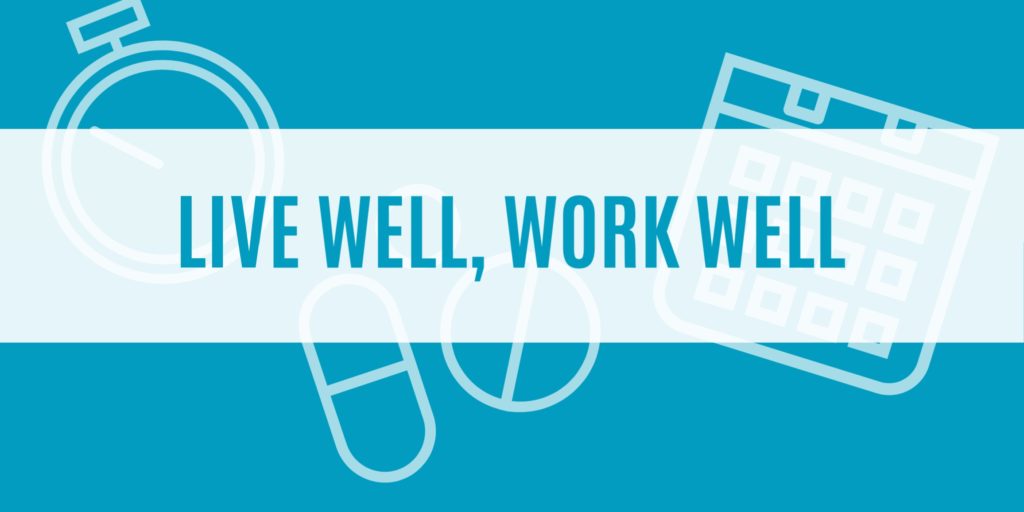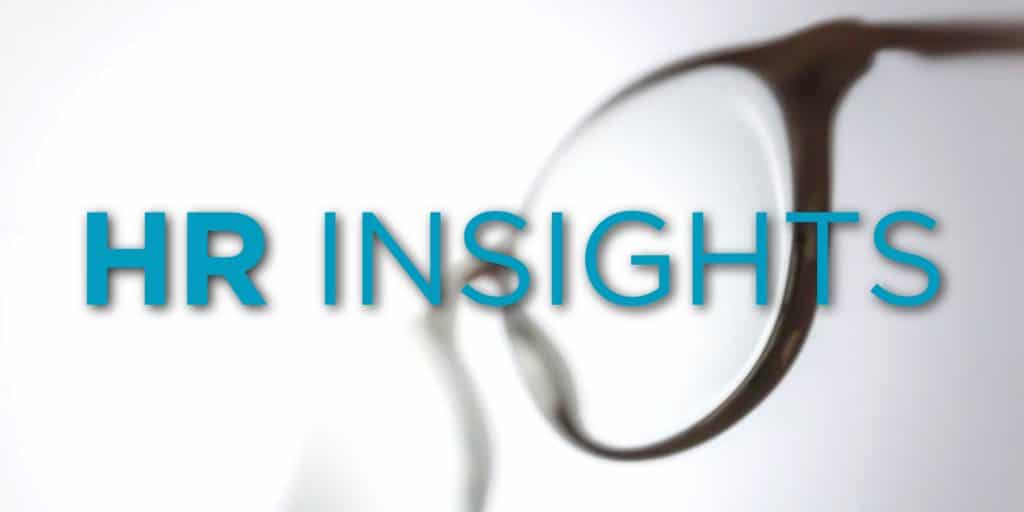15 Jan 3 Employee Wellness Trends to Watch in 2021

After a year that was turned upside down by the COVID-19 pandemic, many aspects of the workplace have changed, including employer sponsored wellness programs.
Prior to the pandemic, employers were already making a shift to the way they viewed and implemented wellness initiatives at their organization. Some of these changes included focusing on holistic well-being and bolstering mental health offerings.




